In South Asia, tombs and mausoleums have taken there roles as tourist attractions. Because of the impressive architecture found in these structures, visitors have actually flocked to these places, making what are supposed to be morbid places into tourist destinations. One great example is the Taj Mahal, a mausoleum dedicated to Shah Jahan’s queen Mumtaz Mahal. In Pakistan, meanwhile, the Tomb of Jahangir has proven to be a crowd drawer for its elaborate construction and elegant design, making it an architectural marvel.
Jahangir’s tomb is located in Lahore, but the great ruler actually died in Rajauri. His body had to be bought back to Lahore. He was buried in the garden of Nur Jahan which is located in the Ravi River banks. The tomb’s grounds extend to 55 acres and designed in a classical pattern called charbagh, which involves perpendicular rows and columns which intersect. There are two gates in the north and south where the entrances are. Both gates are the same in size although the southern gate is more elaborately designed with a marble inlay in white and Sikri sandstone in red.
Also in red sandstone is the mausoleum. Its inlay is also made of marble with floral patterns. An arcaded platform known as takhgah is a square measuring 84 meters. On each corner, there is a miaret shaped in an octagon. There are corridors present o n the four sides of the takgah which lead to a crypt in the center which is also octagonal. The crypt contains a cenotaph made of marble which also rests on the chabutra or platform. It has an inlay of precious gems in patterns of flowers and calligraphy in black which notes the date of jahangir’s death along with God’s 99 names. Only to marvel at the elaborate patterns and inlays, together with the exquisite marble structures, the Tomb ogf Jahangir is definitely worth a visit.















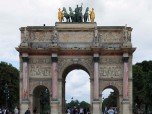

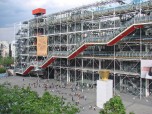

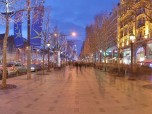
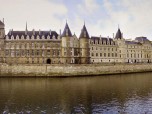




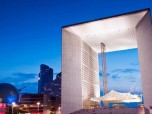


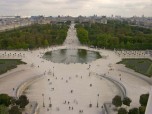
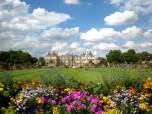





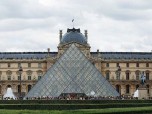

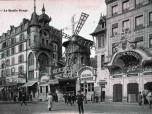





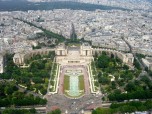
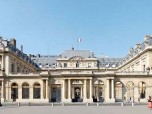
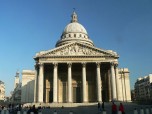
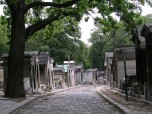
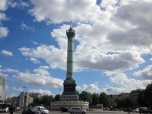
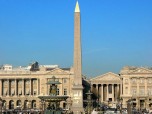
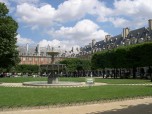


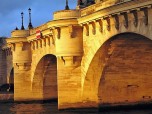





 When looking for something in Pakistan that will appeal to the history nut in you, there is no other place that can beat Mohenjo-daro. Located in the ancient Sind Province, Mohenjo-daro is geographically in the southern portion of the country. It was one of the most prosperous cities of the Indus civilization, owing partially to its location on the Indus River’s right bank.
When looking for something in Pakistan that will appeal to the history nut in you, there is no other place that can beat Mohenjo-daro. Located in the ancient Sind Province, Mohenjo-daro is geographically in the southern portion of the country. It was one of the most prosperous cities of the Indus civilization, owing partially to its location on the Indus River’s right bank.





